Thypoch recently released the Simera 28mm f/1.4 lens in native Sony E-mount. Let’s see if it's worth buying.
To kick things off, I’m fairly new to the manual focus lens world, but after diving into adding the Sony a7C R to my bag as a sort of everyday carry camera, having a lens that’s a bit more nuanced in its handling has become of interest to me. And because my camera has a bit more of a vintage vibe with its color scheme, the aesthetics of a vintage-style manual lens like the Thypoch Simera 28mm f/1.4 don't hurt either.

Right off the bat, when I got this lens in the mail, I was pleasantly surprised with the build. This lens has a bit of weight to it with its all-metal design. Add in the metal lens hood as well as a metal front and rear cap, and this is far from my lightest lens option. That said, my Sony a7C R still feels very balanced and even with its sturdy weight, the camera is not front-heavy at all and will even sit on a table correctly without tipping forward like some of my other lenses. This means in hand, you won't have to deal with that awkward torquing sensation on your wrist when using it for long periods of time. Which is something you absolutely want with an everyday carry type of camera.

When it comes to the accessories, I was glad to see that Thypoch did not skimp on what was included. Not only do you get an all-metal front and rear cap, but you also get an all-metal lens hood as well as a secondary metal lens cap designed for use with the lens hood. So if you find that you want to always use the lens hood, you still have the ability to use the square lens cap without having to constantly take the hood on and off. Likewise, if you never want to use the lens hood, you still have a traditional round lens cap to use with the lens.

This attention to detail translates over to the overall design of the lens as well. One thing I love is that rather than having the traditional hyperfocal scale, there are small circular windows that represent the scale. As you select an aperture of f/1.4, only the first of these windows shows as red. As you adjust the aperture, and in turn increase the scale, more of these windows show red. This visual representation is a fun little design element that I have not seen in a lens before.

From here, I also really enjoy their implementation of the aperture de-clicking switch. Rather than having a bulky on-off switch like most lenses, this switch is built into the aperture ring in a way that if you didn't know it was there, you could totally miss its presence. But this minimalist design element is still very easy to use and though it's on the aperture ring, I never once have accidentally hit the switch or had it change unexpectedly.


Aside from build and handling, I don’t particularly enjoy spending a ton of time diving into the nitty gritty of optical performance. But I realize this is an important factor for some people. Especially if you are looking for a lens that can be used wide open while maintaining corner-to-corner sharpness. If that's you, then this lens probably isn't for you. When set to f/1.4, this lens is pretty soft on the corners and does have a fair amount of vignetting. The vignette gets under control fairly well once you stop down to f/2 and the corner sharpness, for me, is good at around f/5.6. As for distortion, again, I'm not particular about this unless it's noticeably bad. The results I see are good for me and what I photograph. But you can see the sample images here and decide for yourself in that regard. But even so, I feel like where the lens stands, the distortion is minimal enough to be handled easily in post-production.
Before I end this review, I’d be remiss if I didn't state the obvious. This lens is easily comparable to something like a Leica 28mm Summilux in terms of its vintage styling, focal length, and minimum aperture. But this lens costs a mere 10% of what you would pay for the Leica counterpart. And while I can't speak to the build and optical quality of the Leica, I find it very hard to believe, with how good the Thypoch lens is, that the Leica is worth spending more than $7,000 extra for. Add in that this lens can be had in both Leica M-mount and Sony E-mount which opens the door to a lot more photographers. And with such a price gap, you could potentially want to use the word cheap when describing this lens. But with its amazing build quality and performance, this lens is far from cheap. Instead, if you are at all interested in a manual focus lens in this focal length, the Thypoch Simera 28mm f1.4 lens is a bargain not to be missed. My only wish is that the Sony version of this lens also came in silver (like the M-mount version) instead of only black.

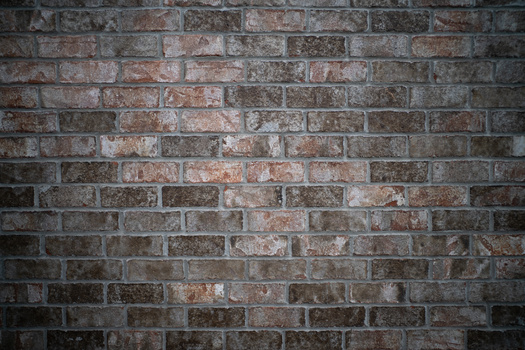
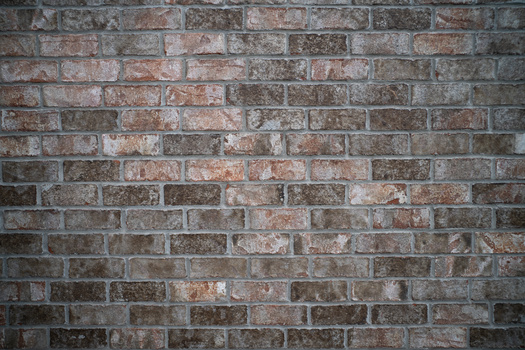
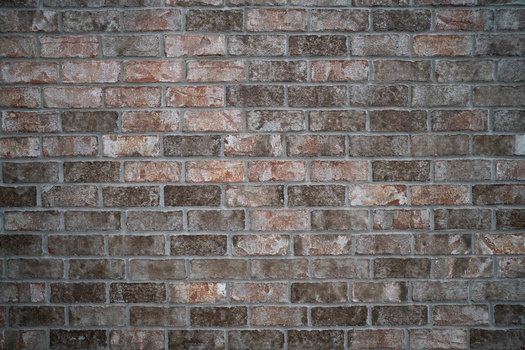

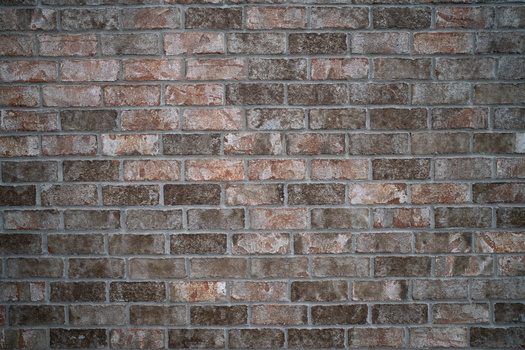


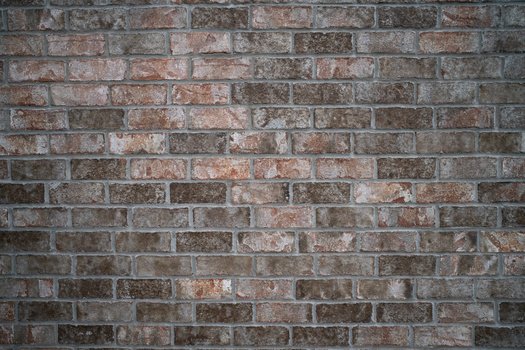



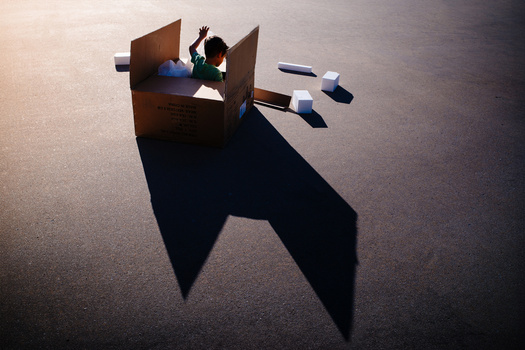




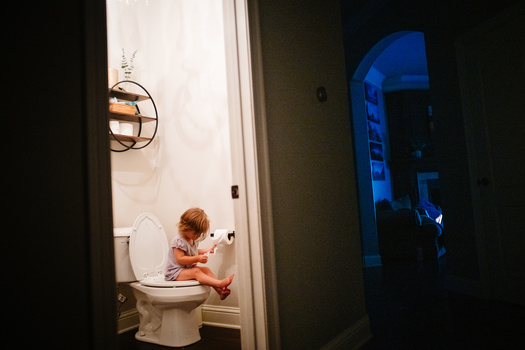






It’s one area I’ve avoided, wide fast lenses, having no real use at the moment, though I have toyed with the idea of giving Astro photography a go as a couple of people in my camera club have produced some amazing images over the last few years. As I shoot Sony I gave it a read and given this is a lens review of sorts was surprised to read this;-
“ I don’t particularly enjoy spending a ton of time diving into the nitty gritty of optical performance. But I realize this is an important factor for some people”
You think!
What else is a lens for? Though from looking at the attached images the vignetting looks pretty horrific if that’s straight out the camera and the sharpness appears debatable. I wonder how it would perform on the A7R5 with its higher resolution? The reviewer actually spent just as many words on the aesthetics of the lens than on its actual optical performance…. but if that’s his thing then fine, but once more it highlights the problem with photography, a single name that can mean so many different things to so many different people. Though I would have thought more info on its possible uses and performance in these areas would have been helpful. I’m not sure if a 24mm manual lens would be an ideal everyday lens, well at least not in my world. Though it got me thinking who would this lens, given its performance, appeal to?
With all that said it’s possibly one piece of gear I’ll avoid
These were all taken on the A7cR which uses the exact same sensor as the a7r5. And 24mm is my preferred everyday carry focal length. That said, a ton of street photographers and photojournalists live by a 28mm.
And I guess I should have clarified, when I say I don't want to dive into the nitty gritty, I meant I'm not one to photograph lens charts and all that. I obviously did show example images for the vignetting, corner sharpness, and distortion. What else would you have liked to have seen?
"I’m not sure if a 24mm manual lens would be an ideal everyday lens". It's a 28mm lens under discussion here.
There are adapters for most every camera adapter for the old film lens. I used Canon Film FD lenses that are considered fast glass and were very good back in the day and lenses are forever if taken care of and if you do not mind turning the focus dial.
My first Lunar Eclipse using a Canon FD 100-300mm on Oct. 08, 2014.
For those wanting a super small lens the APS-C FE 10-18mm f/4 OSS and AF with threads for filters but in Full Frame 12-18mm (18mm if you remove the rear light shield. The earliest 12mm non fisheye in Jan. 2013.
Also a little known thing is Sony mod 1 and 2 cameras have apps on camera (no longer available for down load but ask the used camera dealer if one as them still, great things to play with.
The other item for the old film lenses are the prism filters, hard to find, that even PS has a hard time produce.
Interesting review and great photos of happy children Jason! The lens is a puzzle though because despite the wide aperture there is little sense of separation because nothing is sharp. It reminds me of the images from the old meniscus lens on my parents’ folding brownie. Nothing wrong with going for that look of course, but what are the special glasses and aspherical element doing?
There is a serious competitor in the Lensbaby Velvet 28mm f2.5 at a similar price. Wide open it gives a more extreme glow, but stopping down yields increasingly sharp clean images and it can focus very close - a versatile alternative to this Thypoch.
The other point to mention for anyone not familiar with ye olde manual lenses is that these new versions are also not weather sealed designs so they are prone to gather dust inside. Even kept out of the rain, exposure to high humidity allows fungal threads to grow inside on the nutritious dusty lens surfaces. This additional ‘character’ is very expensive to rectify.
Clean old lenses can be quite inexpensive and most can be used with mirrorless bodies. I had a film era Olympus 28mm I regret selling. I can recommend the Helios 58mm f2.0 42mm screw thread mount which was a Russian version of a Zeiss lens made with equipment and some unlucky personnel taken from Germany at the end of their world war defeat. It has an amazing look wide open. It was subsequently made in many variants and degrees of quality control. Most are in poor shape, but clean ones turn up occasionally and are cheap.
The Thypoch 28mm seems like a great lens on the Leica cameras. However, I have read that the Sony mount version of this lens is not as sharp on the Sony mirrorless cameras, because of the thicker filter stack on the Sonys. I have also read that Thypoch did not compensate for the thicker filter stack of their Sony mount version, whereas Voigtlander does actually change the optics of their Sony mount versions of their lenses to compensate for the Sony filter stack. This leads me to consider the new Voigtlander Nokton 28mm f/1.5 Aspherical Lens in Sony e-mount over the Thypoch. What are your thoughts? Thanks.